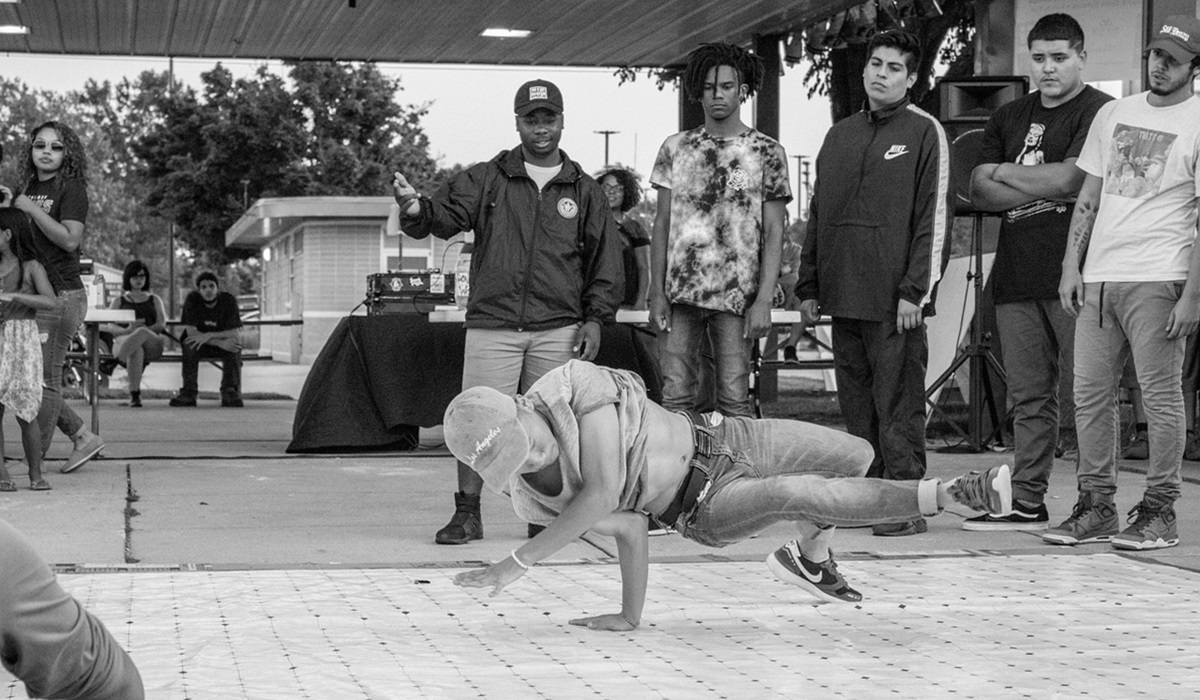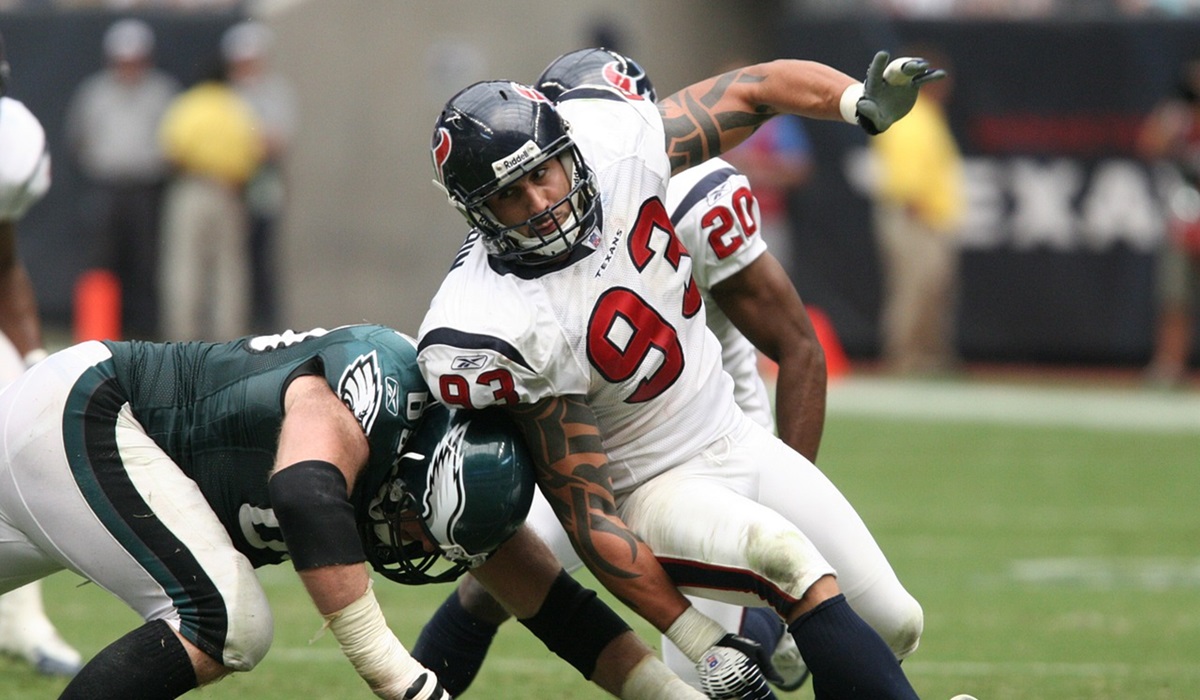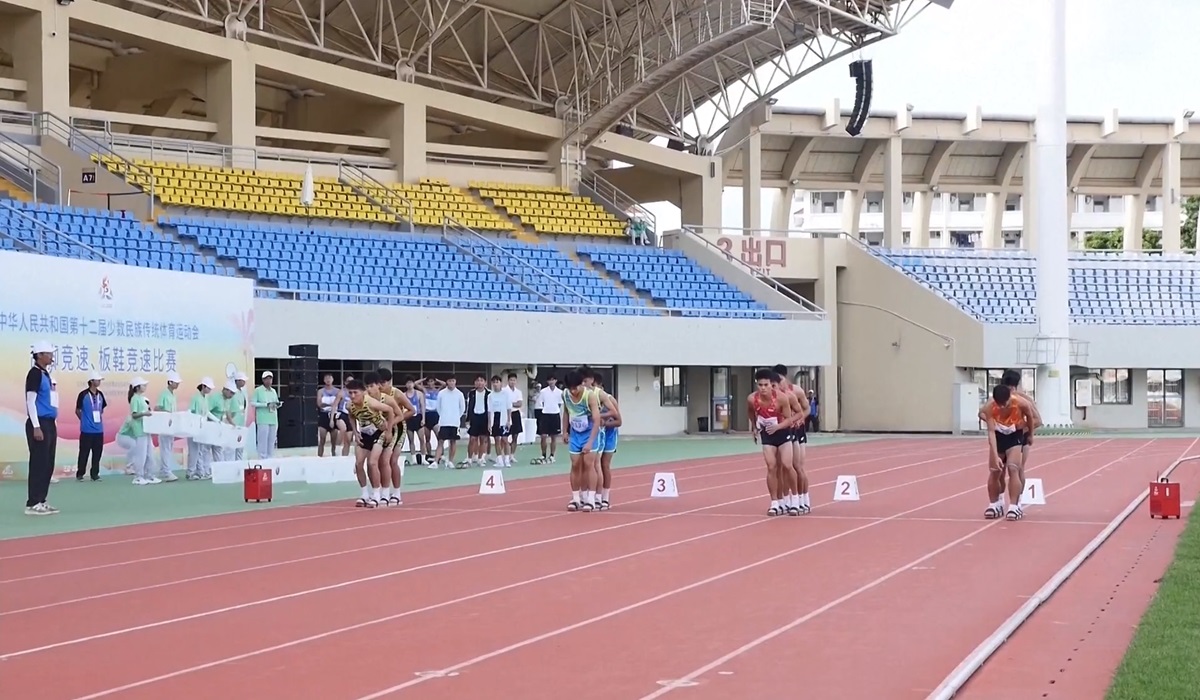Learning from Breakdancing’s Olympic Run: The Importance of Experimentation
- Xuemei Pal
- Sports
- August 28, 2024

Image Credit, Chris U
The decision by the International Olympic Committee (IOC) to exclude breakdancing from the next Summer Olympics has sparked disappointment among fans and participants. Yet, while the passion of those who are upset is understandable, it’s essential to take a broader view of the situation. Rather than lamenting the loss, there’s merit in recognizing the IOC’s willingness to innovate by introducing breakdancing in the first place, even if the experiment didn’t yield the desired results.
The inclusion of breakdancing in the Olympic Games was a bold move, aimed at broadening the appeal of the event and reaching out to younger, more diverse audiences. It was an attempt to shake up the traditional lineup with something fresh and culturally vibrant. However, the fact that breakdancing will not continue as an Olympic sport underscores the reality that not every innovation hits the mark.
The primary reasons for its exclusion are grounded in pragmatic considerations. The ratings for breakdancing during its Olympic debut fell short of expectations, and it struggled to captivate a wide audience. Despite the undeniable physical prowess and creativity that breakdancing demands, the sport didn’t manage to draw the level of engagement needed to secure its place in future games. This isn’t a critique of the athletes or the art form itself, but rather a reflection of the challenges inherent in introducing a niche discipline to a global stage.
Adding to the challenges was an unfortunate performance from a country that shall remain nameless, though many in the breakdancing community would recognize it instantly. This particular performance was met with disappointment and even ridicule by seasoned breakers, who found it lacking in the skill and authenticity that defines their art. While this isolated incident wasn’t the sole reason for the sport’s exclusion, it certainly didn’t help breakdancing’s case. But again, the blame doesn’t fall on that individual or their country—rather, it’s a reminder that high-level competition in any sport demands a depth of talent and execution that can resonate with both judges and viewers alike.
This situation is far from unique in Olympic history. The Games have always been a testing ground for new sports, some of which have flourished while others have quietly disappeared. From baseball and softball, which were once cut but have since returned, to tug-of-war and polo, which were part of early Games but have long been forgotten, the Olympic program has constantly evolved. The removal of breakdancing doesn’t mean it has no place in the world of sports, but rather that its time on the Olympic stage has ended, at least for now.
As the Olympics continue to evolve with the times, more sports will undoubtedly come and go. This process of experimentation is vital for keeping the Games relevant and exciting. The IOC should be commended for its willingness to explore new avenues, even if they don’t always lead to lasting success. The decision to drop breakdancing is not a failure, but rather an acknowledgment of what works and what doesn’t in the context of this global event.
So, while breakdancing enthusiasts may feel disheartened, it’s important to see the bigger picture. The Olympics are a living entity, constantly adapting to the tastes and interests of the world. And who knows? In the future, breakdancing could find its way back to the Olympic spotlight—or perhaps, it will inspire the inclusion of other sports that better capture the imagination of athletes and viewers alike.








